MSI K9A3 CF – RD780 motherboard Review
MSI K9A3 CF – RD780 motherboard
We take an early look at AMD's brand spanking new RD780 chipset courtesy of MSI.
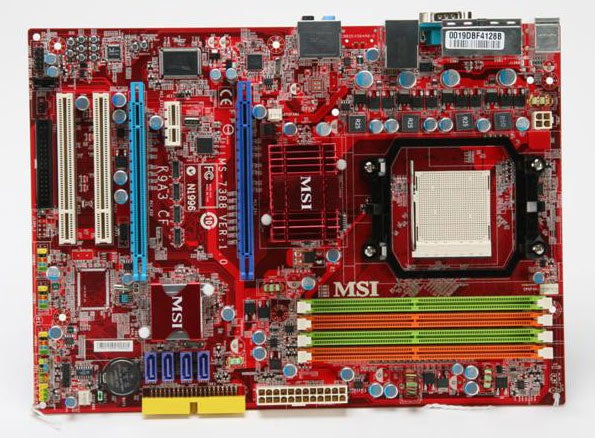
Verdict
On the 20th of November AMD is due to release its Phenom X2, X4 and FX desktop processors and as surely as night follows day, that means that new AMD and nVidia chipsets will also hit the streets.
We’ll cover nVidia another day when we get our hands on an MCP72 but for the time being it’s AMD all the way. At the high-end we’ll have the AMD 790FX, which supports three or four graphics slots with next generation CrossFire. In the mid-range there’s RD780 which might be called AMD 780 or 790X, which supports dual graphics slots and following on some time later AMD will unveil a budget chipset along with various IGP models.
This MSI K9A3 CF uses an AMD RD780 chipset with SB600 Southbridge and despite rumours that SB700 would surface this year we don’t expect to see it until 2008. That may sound a bit disappointing, but SB700 is only expected to increase the SATA II count from four to six, while USB 2.0 support will rise from 10 to 12.
All of these new chipsets support Phenom but the specific technical feature that has been added is support for HyperTransport 3.0. As you can read here HT 3.0 extends the speed of HT 2.0 from 1.4GHz DDR to at least 1.8GHz or as high as 2.6GHz. The maximum bandwidth of HT 1.0 is 12.8GB/second rising to 22.4GB/second with HT 2.0 and now we have the prospect of up to 41.6GB/second with the new HT 3.0. No doubt AMD is hoping that HT 3.0 will unlock a bottleneck in quad-core performance that will allow Phenom to fly where the 1,333MHz FSB of Core 2 Duo restricts Intel’s finest to 10.66GB/second.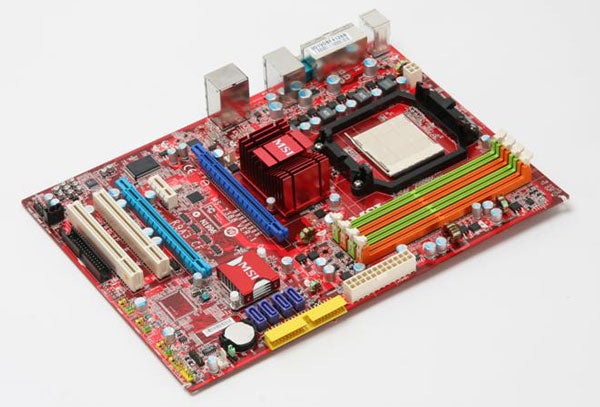
We’ll have to wait and see on that score as we don’t have a Phenom processor, and that also means that the MSI K9A3 CF won’t necessarily show its true colours in this review. Although an AM2+ motherboard is backwards compatible with an AM2 CPU you don’t get the benefit of the faster bus with the older processor.
For the record SiSoft Sandra reports that our Athlon 64 X2 6400+ CPU (linkout:https://www.trustedreviews.com/cpu-memory/review/2007/09/27/AMD-Athlon-64-X2-6400-Black-Edition/p1) is compliant with HT 1.02 while the Asus M2R32-MVP with Radeon Xpress 3200 chipset that we used for comparison purposes supports HT 1.05, which rather suggests that there aren’t any HT 2.0 desktop chipsets on the market so HT 3.0 effectively triples the bandwidth of the HyperTransport bus.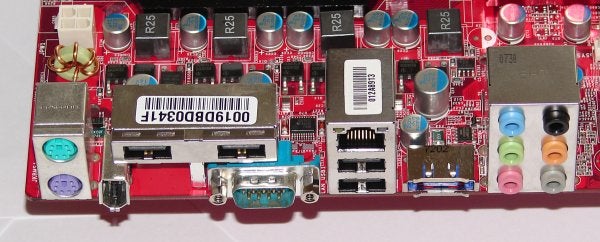
We were sent a bare MSI K9A3 CF (that’s CF for CrossFire) in a plain box with a driver CD but no manual, brackets or cables.
The layout of the K9A3 is very conventional and somewhat dull with the four DDR2 memory slots positioned between the processor socket and main power connector. By contrast the Asus M2R32-MVP takes advantage of the integrated memory controller in the Athlon 64 core and places the memory slots across the top of the motherboard.
Both the Northbridge and Southbridge sport shiny red passive heatsinks that are fractionally larger than the coolers on the Asus with its Radeon Xpress 3200 chipset. During our testing we measured the MSI heatsinks at 44 degrees C, while the Asus was significantly hotter at 55 degrees on both heatsinks.
MSI has lined up the four SATA II connectors next to the Southbridge where they are safely out of the way between the graphics slots and the single IDE connector at the very edge of the board, laid down there to make it as easy as possible to connect your optical drive.
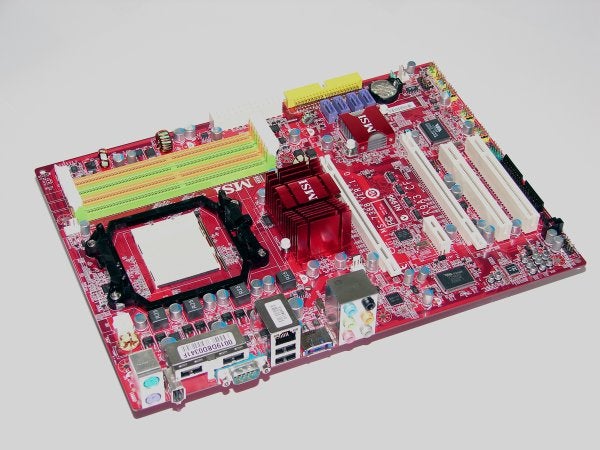
Provided you use CrossFire the dual graphics card slots each have eight lanes of PCIe 2.0, which is plenty of bandwidth but the options for expansion are severely reduced. There’s a single PCIe x1 slot above the second graphics slot and two PCI slots down below but you’re likely to find that one of the slots is blocked and that might be a pain if you want to install an X-Fi sound card and a TV tuner.
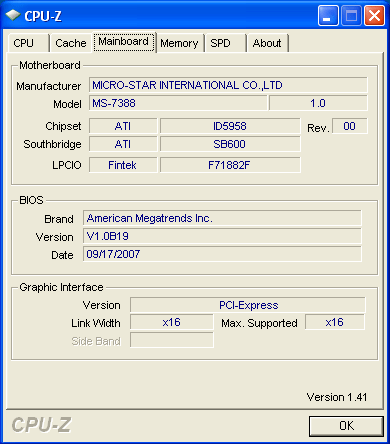
Across the foot of the board there are three USB headers, a Firewire header as well as a set of clearly marked front panel case connectors.
The I/O panel is a strange piece of work as you’ll see in our detail photo. We’re perfectly happy with the legacy PS/2 ports and the single eSATA and Firewire ports but cannot understand why MSI included a Serial port. The lack of digital audio is a touch disappointing and it’s been a while since we considered a mere four USB ports to be acceptable.
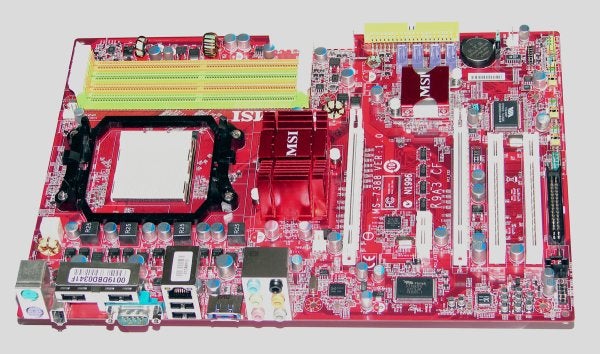
During our testing the MSI looked to have an advantage over the Asus as it could run our OCZ Reaper PC2-9200 memory at a full 1,066MHz while the Asus topped out at 800MHz but PCMark05 told a different tale. Memory performance was lower for the MSI to the tune of nearly ten percent, which is odd when you consider that the memory controller is inside the CPU.
We checked this out with SiSoft Sandra and saw that memory bandwidth was much lower on the MSI than the Asus which was the exact opposite of what we expected.
The other short coming was in graphics performance as the MSI was ten percent slower than the Asus in PCMark05 but in 3DMark06 the two motherboards and chipsets were identical.
There are two obvious possibilities here; either the AMD RD780 isn’t truly backwards compatible with an AM2 processor or the MSI BIOS needs a bit of work. Hopefully we’ll be able to answer that question as soon as we get a Phenom processor but as things stand there’s no way we’d recommend an upgrade to RD780.
”’Verdict”’
MSI has used the RD780 chipset in a very basic CrossFire motherboard that is satisfyingly cheap but we have our reservations about the memory and graphics performance of this pre-production sample.

—-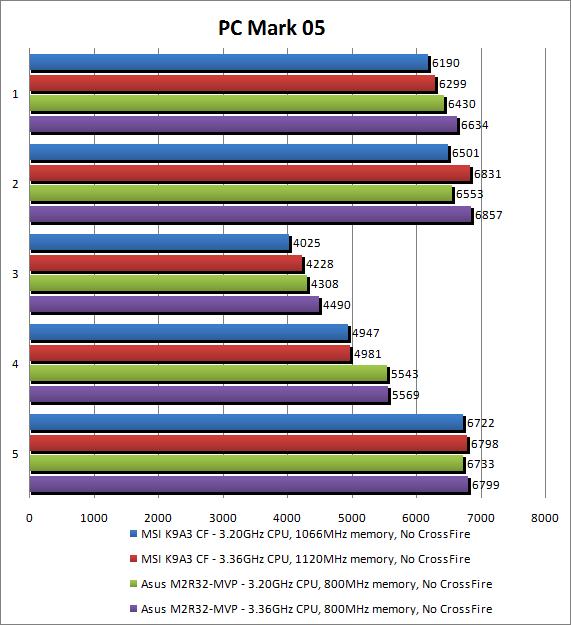
—-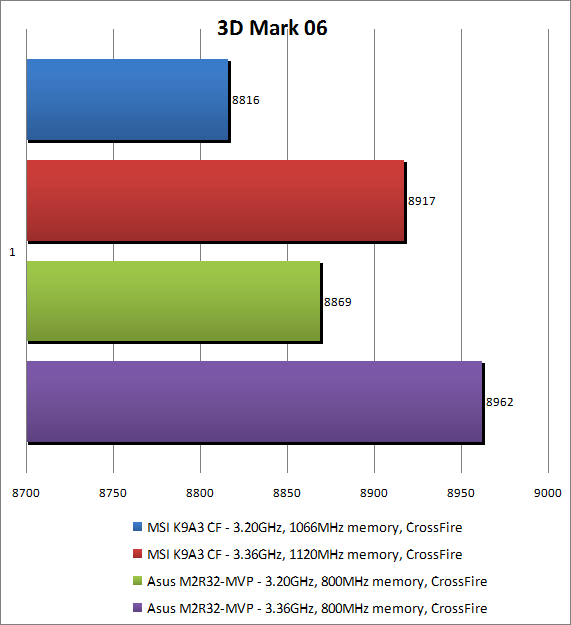
—-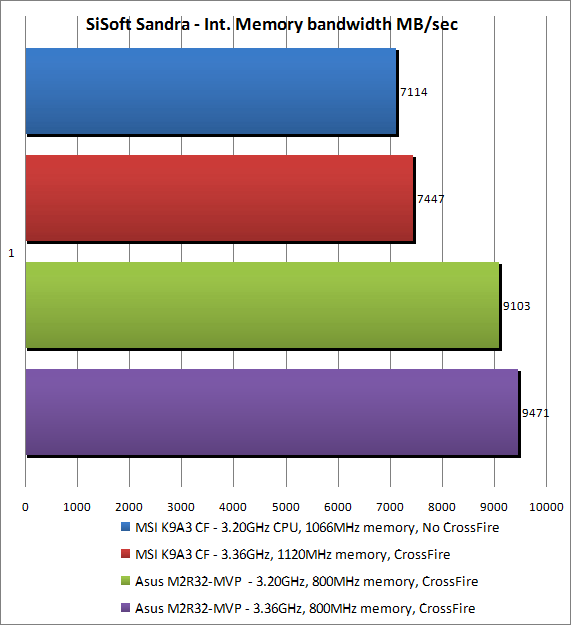
—-
Trusted Score
Score in detail
-
Value 8
-
Performance 6

